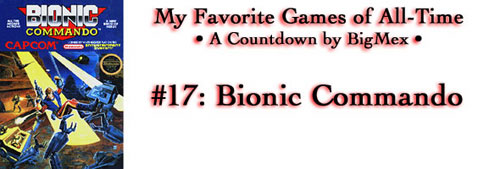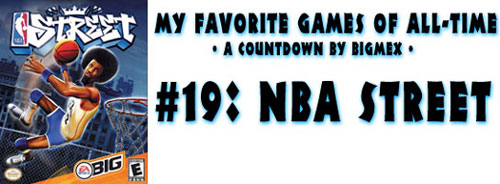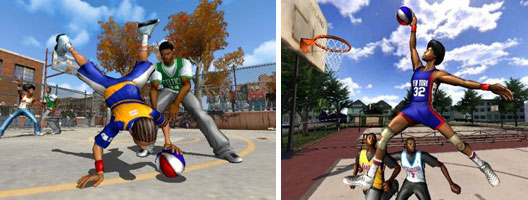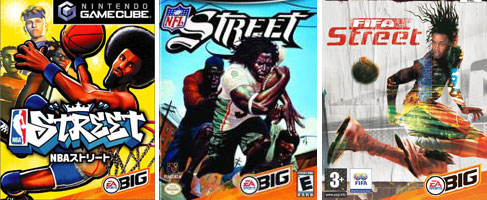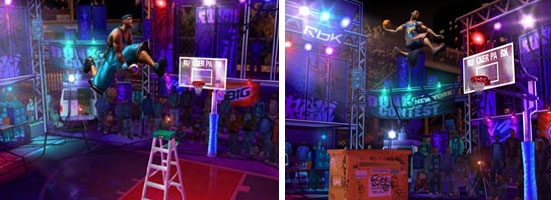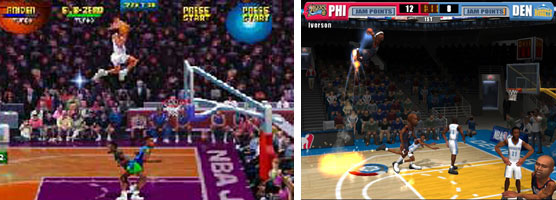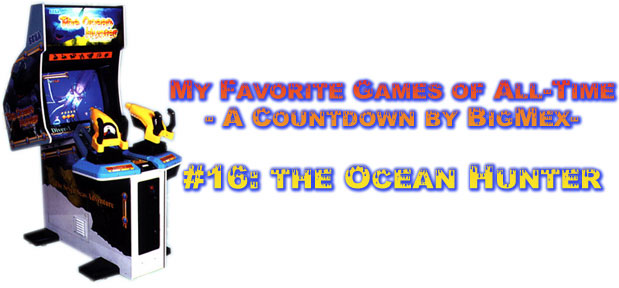
Before we explore the Ocean Hunter we have to set the stage. I'm going to go back in time, seven years ago, the beginning of the end. Back to a time when Sega was the undisputed king of the arcade! In 1998 Sega had developed a slew of games for the Model 3 board. Daytona USA 2, Dirt Devils, Emergency Call Ambulance, L.A. Machineguns (sequel to N.Y. Gunblade), Magical Truck Adventure, Ocean Hunter, Spike Out, Star Wars Trilogy and Sega Bass Fishing. Many of these titles are classics in their own right and I have even made mention of Spike Out and Daytona 2 a few blogs back. By far 1998 was one of Sega's most creative years.
Sega had several arcade divisions back-in-the-day. The most famous being Yu Suzuki's AM2. Less known were Kazunori Tsukamoto and Rikiya Nakagawa of AM1. The team at AM1 crafted one of the most overlooked arcade gems ever, the Ocean Hunter! Ocean Hunter was a great game from a great company. It would even hold up well against the best of Yu Suzuki.
Sega had several arcade divisions back-in-the-day. The most famous being Yu Suzuki's AM2. Less known were Kazunori Tsukamoto and Rikiya Nakagawa of AM1. The team at AM1 crafted one of the most overlooked arcade gems ever, the Ocean Hunter! Ocean Hunter was a great game from a great company. It would even hold up well against the best of Yu Suzuki.
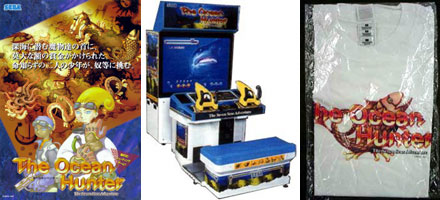
There are two types of cabinets for the OH, try to find the sit down cabinet with the giant display. Read the Boss FAQ if you want to know what you're getting into. Have a seat, make yourself comfortable, become familiar with the controller. Appreciate the time and effort that AM1 went into the design of just the cabinet itself. The Japanese are industrious people. OH is testament to AM1's commitment to detail.
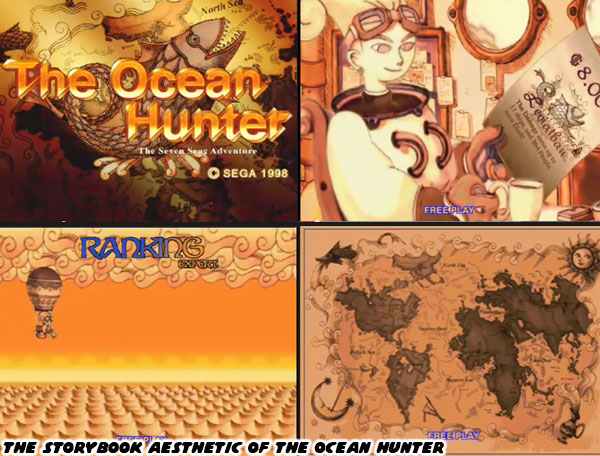
"In the Seven Seas of the planet, seven terrifying monsters lurk... a new civilization is flourishing, but in the oceans giant monsters attack both boats and harbors with increasing frequency. Frightened for their lives, people put a bounty for the monsters. This game is the story of two young people who head out to defeat the horrible creatures in the seven seas..."
Sounds straightforward right? At least it is a little more back story than is provided in the English flyer. Both flyers are at the Arcade Flyers Database. The story and art from the flyer are mirrored in the art and direction of the game itself.
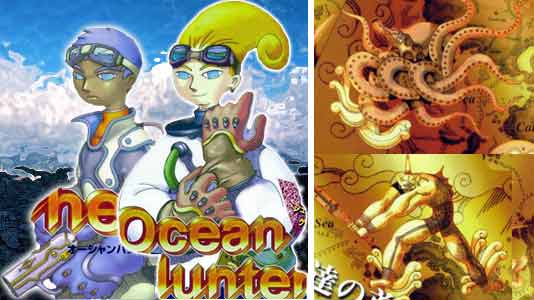
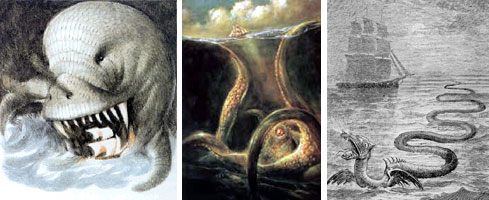
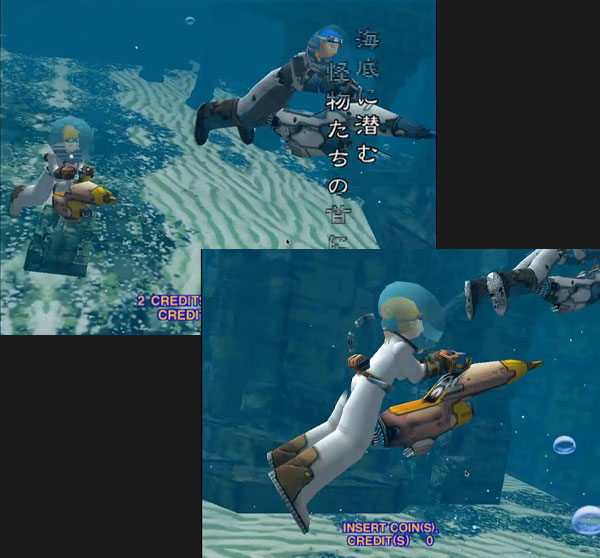

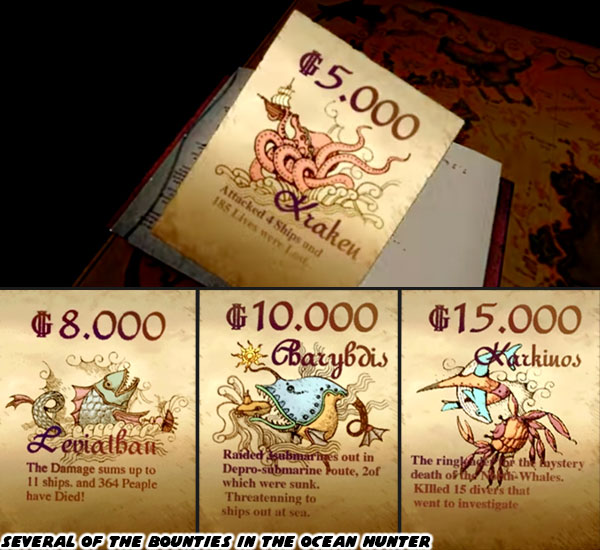
As one of the bounty hunters it is your job to stop the monsters of the ocean bent on destroying ships and sailors alike. The characters are unnamed, the one with the long hair is Player 1, the one with short blue hair is Player 2. I'm certain somebody at AM1 (eventually renamed Overworks and then Sega WOW) knows their true names. Your vehicle and weapon is a nifty, repeat-action harpoon gun and underwater scooter. You don't actually get to steer the scooter, only aim the harpoon.
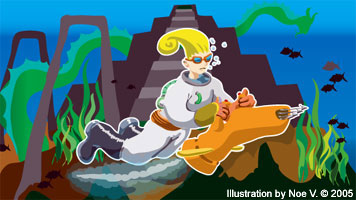
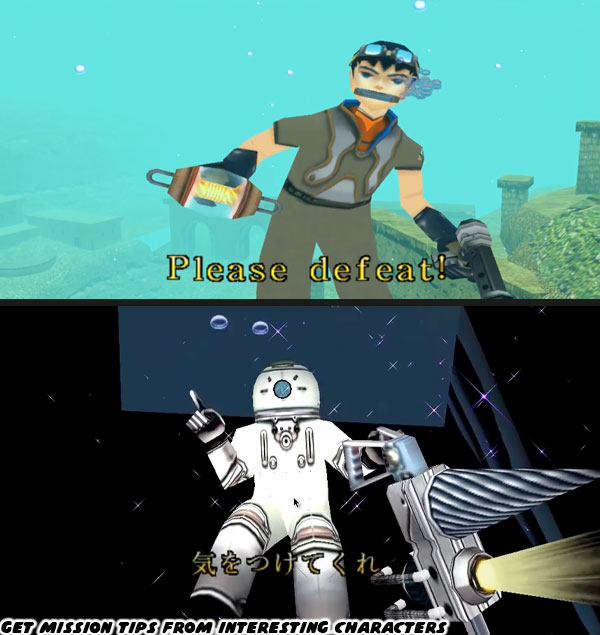
The level designs are great and the detail is all there. Ahuizotl is the monster harassing the waters off Texcoco Great Lake. The lake has a sunken city, designed after Mayan or Aztec ruins. It is easy to get lost in the scenery. If you spend too much time looking at the details in the game you'll end up surrounded by piranha and other underwater nasties.
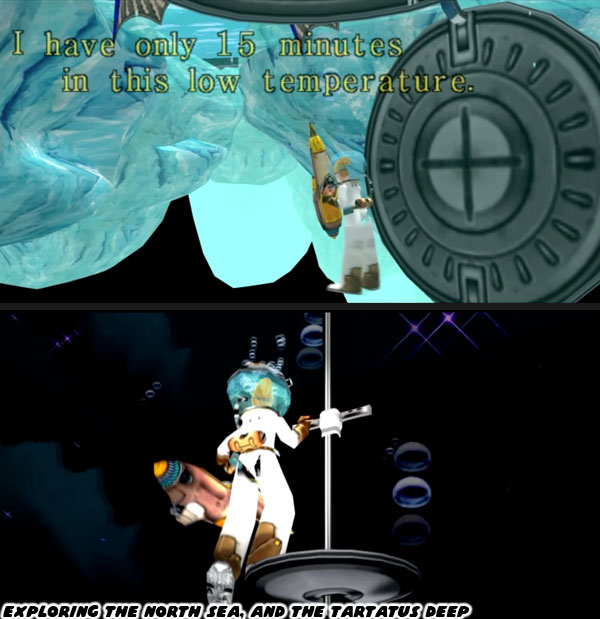

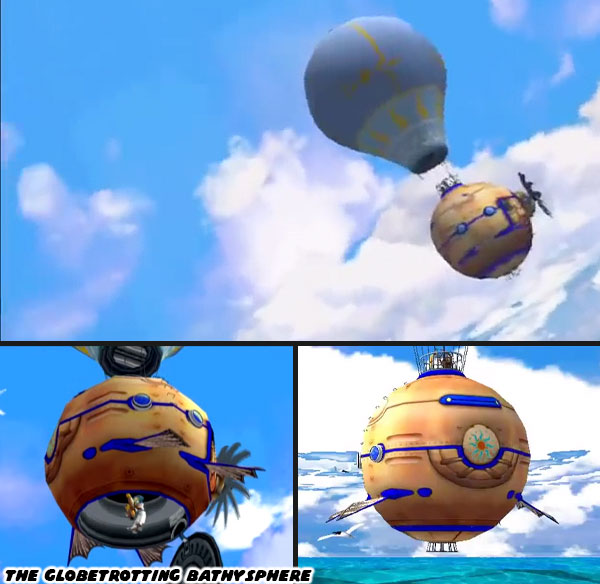
The bosses themselves are a sight to behold. Many of the creatures are based on myth and legend, a few of them are based on dinosaurs like the Plesiosaur and Megalodon.


The last boss in the game is no joke. He, (it?) has several transformations. You know this wouldn't be any type of shooter if at least one boss didn't transform multiple times. The "Sea of Evil" is not as ominous as it sounds. Sure every monster that you have faced turns up there, but the water is not boiling blood (that would have been truly evil!). The boss Dagon is a giant frog-humanoid that hops around the ruins of what looks like Atlantis. After taking enough hits he transforms (rather stands up) into Poseidon. If you dish out enough damage to Poseidon he transforms a third time, his legs fuze into a tail (and even grows a third eye on his forehead) and is renamed Rahab, a gigantic merman.
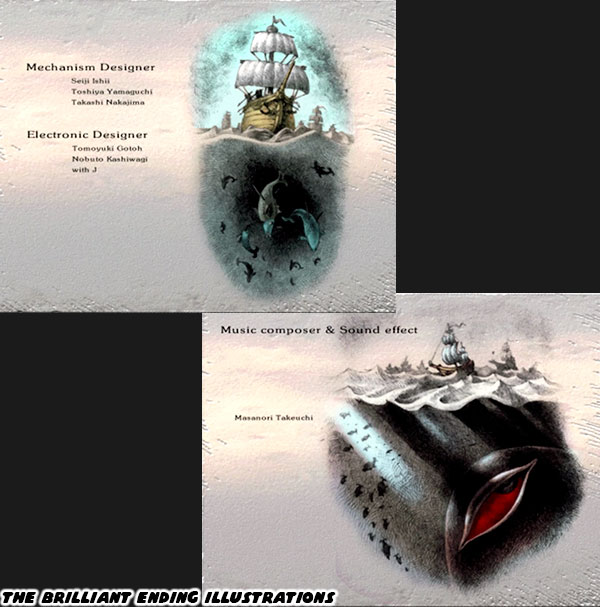
Shoot with everything you have and make sure you have plenty of credits. This game, like all great shooters, can be a quarter cruncher. When you defeat Rahab you hit the big payday but you are also left with the final cinema before the credits.
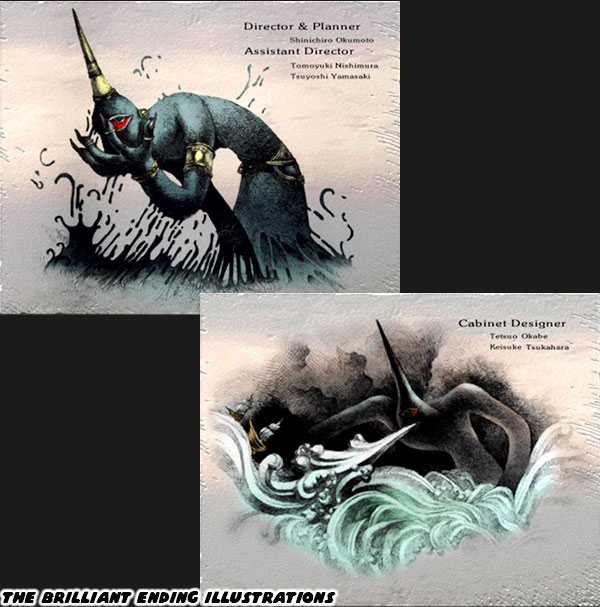
Rahab was angry at humanity for polluting his waters. It was then that he sent out his bosses (represented as the fingers on his hand) to reclaim the ocean. Although you started out protecting the ships in the end you have claimed the bounty for creatures, and gods that existed millennia before man. You have destroyed the only ones trying to protect the oceans.
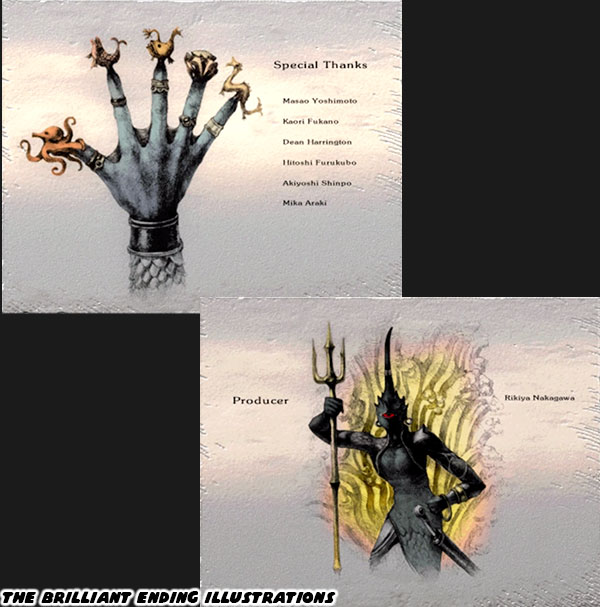
The moral is a heavy pill but the adventure was well worth it. AM1 should be proud of their work and the fact that years later I am still thinking about the game. If only I had an arcade cabinet to call my own... If only Sega had taken that extra step with the IP they created... can you imagine?
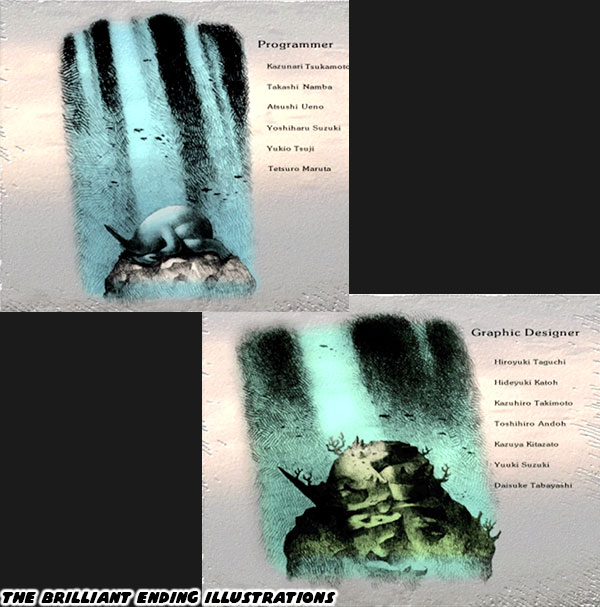
The Ocean Hunter could have come out on consoles. It could have been a sister title to a game like Panzer Dragoon or perhaps it could have been like Phantasy Star.
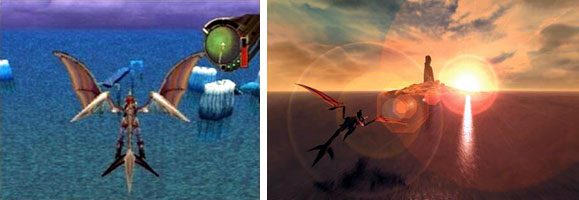
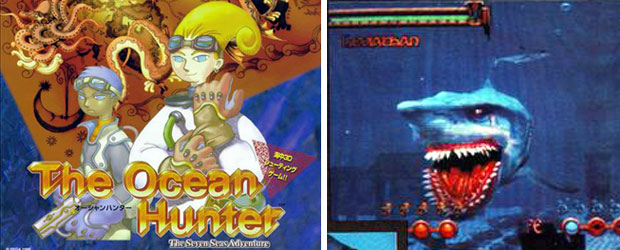
For an RPG, riding, fighting and adventuring on horseback bends some of that reality. Riding on a dragon in all three dimensions opens up the possibilities of the game-playing experience. Fall off that dragon and gravity does us in. Water allows us to experience the same things and more. We can float, we can sink and we can swim in all three dimensions. We can glide on the surface of water or power through it. Very few people have ever seen the bottom of the ocean, who needs outer space when the most exotic and unique forms of life can be found in the big blue? The game also reminds me of an important part of gaming history that is lost for many people.
Arcades were the place for gamers to hang out and socialize. The best players became mini-celebs at the arcade, the social order from school did not apply there. There was no internet to hide behind, people could not be anonymous posters on a message board. If a player showed up to an arcade, and talked shit about the other visitors then they had two options, prove they were something amazing, or leave before they got a beat-down. The rule was the bigger the city the bigger the arcade. The best players drove, or took the bus. Going from arcade to arcade looking for competition. This competition caused beefs to build up between some audiences, with some rivalries stretching coast-to-coast. New visitors were however always welcome at the arcade. That sense of community among active gamers is not as strong today despite chat programs within MMORPG, Playstation, and Xbox Live games.
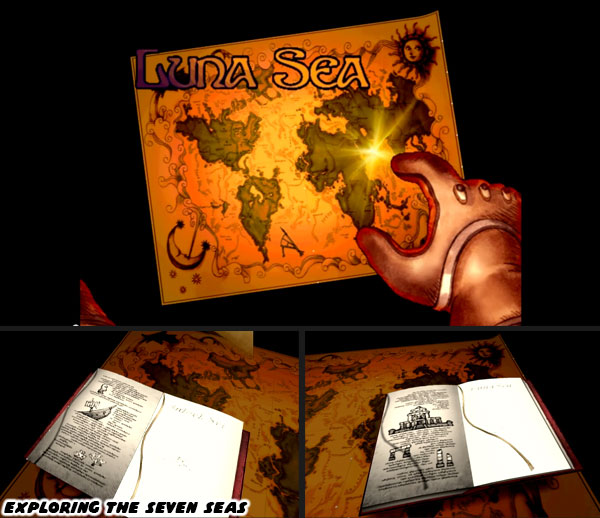


Not many gamers today know or remember the golden era of arcades. The era when arcade games meant more to the game industry than consoles or PC titles. When the arcade crowd was a genuine community, gamers shared common experiences, competed, strategized and had fun all in the same place. The internet and booming console market soon took gamers out of circulation, took away that sense of community and just about destroyed the arcade. At least for today we will raise a glass to one of the last great arcade games.
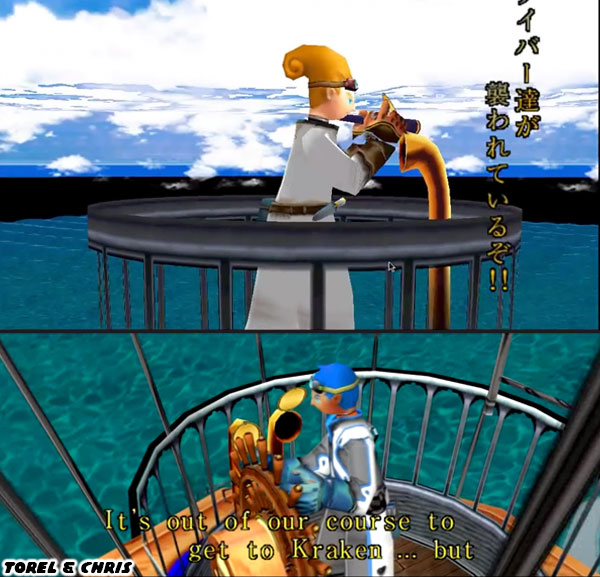
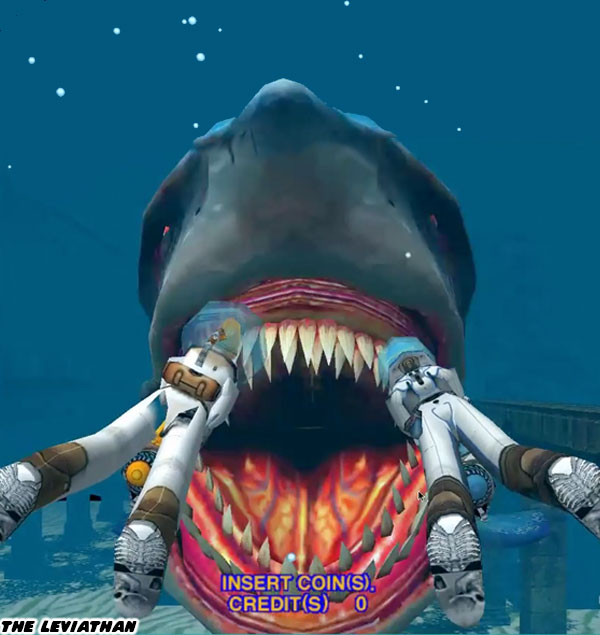
The Ocean Hunter reminds us of what arcade greatness was. It was, and remains the game that I consider one of the best titles ever. It is a game that is long overdue for a second chance. I hope someone at Sega still remembers the legacy of AM1. Track it down if you can, or watch a long play on YouTube so you can get a glimpse of this fantastic experience. I’d like to hear your personal top-10, top-20, top fighting games, top sports games, or top games in any genre. Let me know in the comments section please. As always if you would like to sponsor me please visit my Patreon page and consider donating each month, even as little as $1 would help make better blogs and even podcasts!

